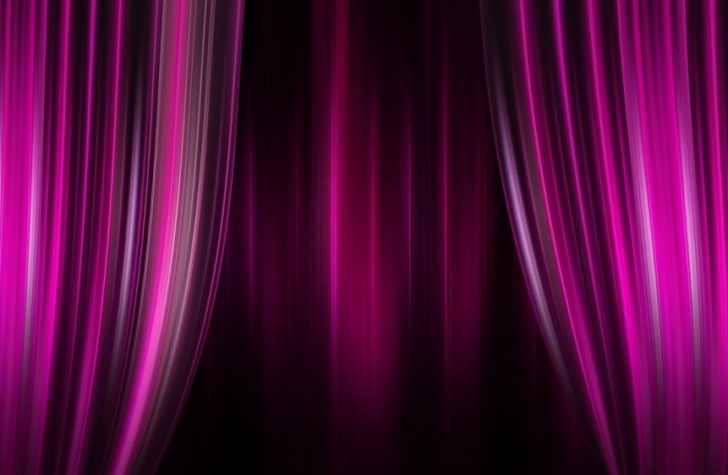Film noir is a genre of movies that emerged in the 1940s and 1950s

It is characterized by its dark and atmospheric visual style, morally ambiguous characters, and intricate plots. Films noir often depicted a world of crime, corruption, and moral ambiguity, exploring themes of greed, betrayal, and existential despair. This article aims to provide a comprehensive understanding of film noir, covering its origins, development, and key elements.
1. Introduction to Film Noir
Film noir, which literally translates to “black film” in French, captures the darker side of human nature and society. It is often associated with black and white cinematography, low-key lighting, and striking visual compositions. The genre draws inspiration from hard-boiled detective novels, German expressionism, and French poetic realism. Film noir films create a unique mood through their visual style and an exploration of complex and flawed characters.
Key Points:

– Film noir is a genre known for its dark and atmospheric style.
– It explores themes of crime, corruption, and moral ambiguity.
– The genre draws inspiration from various artistic movements.
2. Historical Development of Film Noir
Film noir emerged in Hollywood during the 1940s, largely influenced by the socio-cultural context of the time. The aftermath of World War II, anxieties about the Cold War, and a changing social landscape contributed to the development of the genre. The dark and cynical tone of film noir reflected the disillusionment and uncertainty prevalent in post-war society.
Key Points:
– Film noir emerged in Hollywood in the 1940s.
– It reflected the uncertainties and anxieties of post-war society.
– The genre was influenced by the socio-cultural context of the time.
2.1 Early Noir Films
The early noir films were heavily influenced by German expressionism, with their visual style featuring stark contrasts of light and shadow. Films like “The Maltese Falcon” (1941) and “Double Indemnity” (1944) set the tone for the genre, introducing audiences to femme fatales, private detectives, and morally compromised protagonists.
Key Points:
– Early noir films were influenced by German expressionism.
– They featured morally compromised protagonists and femme fatales.
2.2 The Classic Era of Film Noir
The classic era of film noir is often referred to as the period from the mid-1940s to the late 1950s. During this time, the genre gained popularity and expanded its themes and visual style. Films like “The Third Man” (1949) and “Touch of Evil” (1958) pushed the boundaries of the genre, exploring darker and more complex narratives.
Key Points:
– The classic era of film noir spanned from the mid-1940s to the late 1950s.
– This was a time of increased popularity and expansion of themes.
2.3 Neo-Noir and Beyond
While the classic era of film noir ended in the late 1950s, the influence of the genre continued to be felt in subsequent decades. The 1970s saw a resurgence of neo-noir films, such as “Chinatown” (1974) and “Taxi Driver” (1976), which reimagined the genre for a new era. Film noir continues to inspire filmmakers to this day, with modern films like “No Country for Old Men” (2007) and “Drive” (2011) incorporating elements of the genre into their narratives.
Key Points:
– Neo-noir films emerged in the 1970s, reimagining the genre for a new era.
– Film noir continues to influence contemporary cinema.
Conclusion:
Film noir, with its dark and atmospheric style, has made a significant impact on the world of cinema. Its exploration of moral ambiguity, complex characters, and striking visual compositions has made it a genre that continues to captivate audiences today. From its origins in the 1940s to its influence on contemporary cinema, film noir remains an important and enduring genre that showcases the darker side of human nature and society.

















